Sequence viewing > Index - Copying Techniques - Resource - ©
Lloyd Godman
Original
copy material - Large originals
Large works can be copied using the horizontal
method but the larger area presents a more demanding challenge of the
same set of problems - even illumination over the whole area and eliminating
reflections etc.
There
can be problems in lighting a work like this and also problems with perspective,
aligning the camera in an exactly central position.

While
it might be convenient to use a wider angle lens, try to use as larger
focal length lens as possible and have more distance between the work
and the camera.
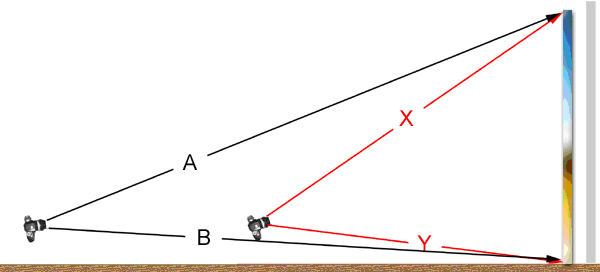
This
can cause a particular problem with works that might be in a gallery and
extend high above the axis of the camera. Perhaps we dont have a tripod
that allows us to get high enough to centre the camera with the work.
In this example we see X is much longer than Y. This comes about because
the distance from the top of the work to the camera lens is longer than
the distance to the bottom. However by moving back and using a longer
focal length lens; A is still longer than B the discrepancy is considerably
reduced, which will correct the perspective to some degree.
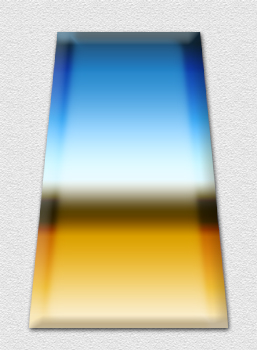
example X -
Y |
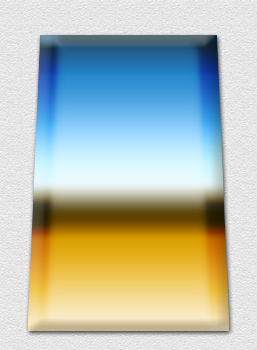
example A-
B |
Correcing
perspective
•
with a view camera
• in
photoshop
In
photoshop we can select the image, and under edit - using the transform
tool - we xcan select perspective to correct the perspective completely.
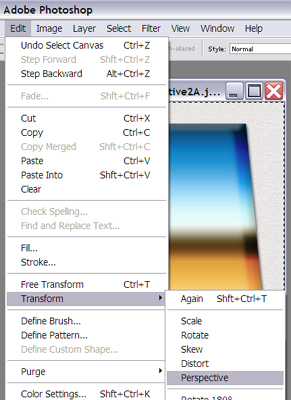
However,
remember that every action like this in photoshop is producing a
lower qaulity image. The pixels that are being expanded are interpolated
- so the more we can do in the camera the higher the qaulity of
the resulting image.

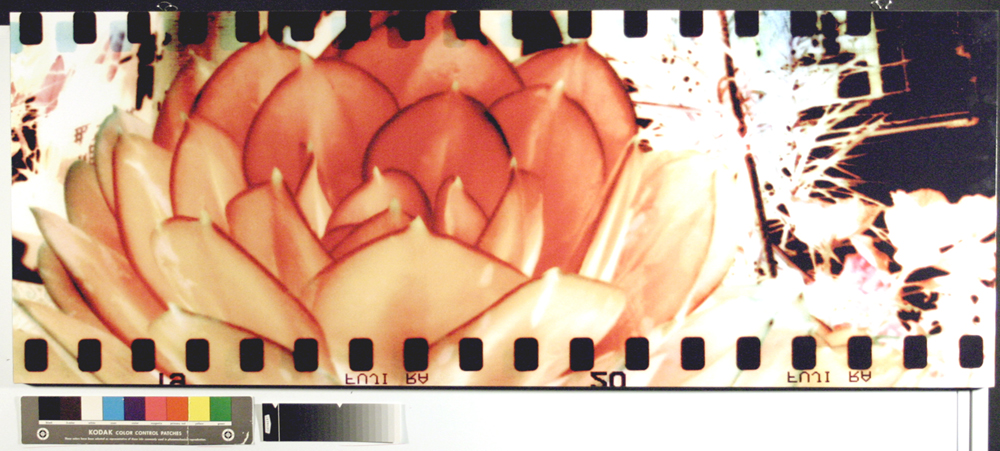
If we
copy a large work with the colour and grey scale reference wedges, we
might find that the charts are so small in the frame that we can not get
an accurate reading from them. With film grain might interfere –
with digital we might have noise that does not allow us to gain an accurate
reading from the scale.

Enlarged
section of image above.

By taking
a separate close up image of just the charts under the same lighting we
can keep a much more accurate track of the grey scale.

By taking
a separate close up image of just the charts under the same lighting we
can keep a much more accurate track of the colour scale.
Aspects for
consideration
•
Faithful reproduction of colour & tones – no loss of tonal detail
in blacks or whites - no colour cast in the high lights
• Sharp image from edge to edge of image
• Even illumination of original
• Tonal enhancement using filters if required
• No perspective distortion in the copy
• No camera or light reflections in the copy
Want to learn more? - do a workshop or one on one with Lloyd Godman
|